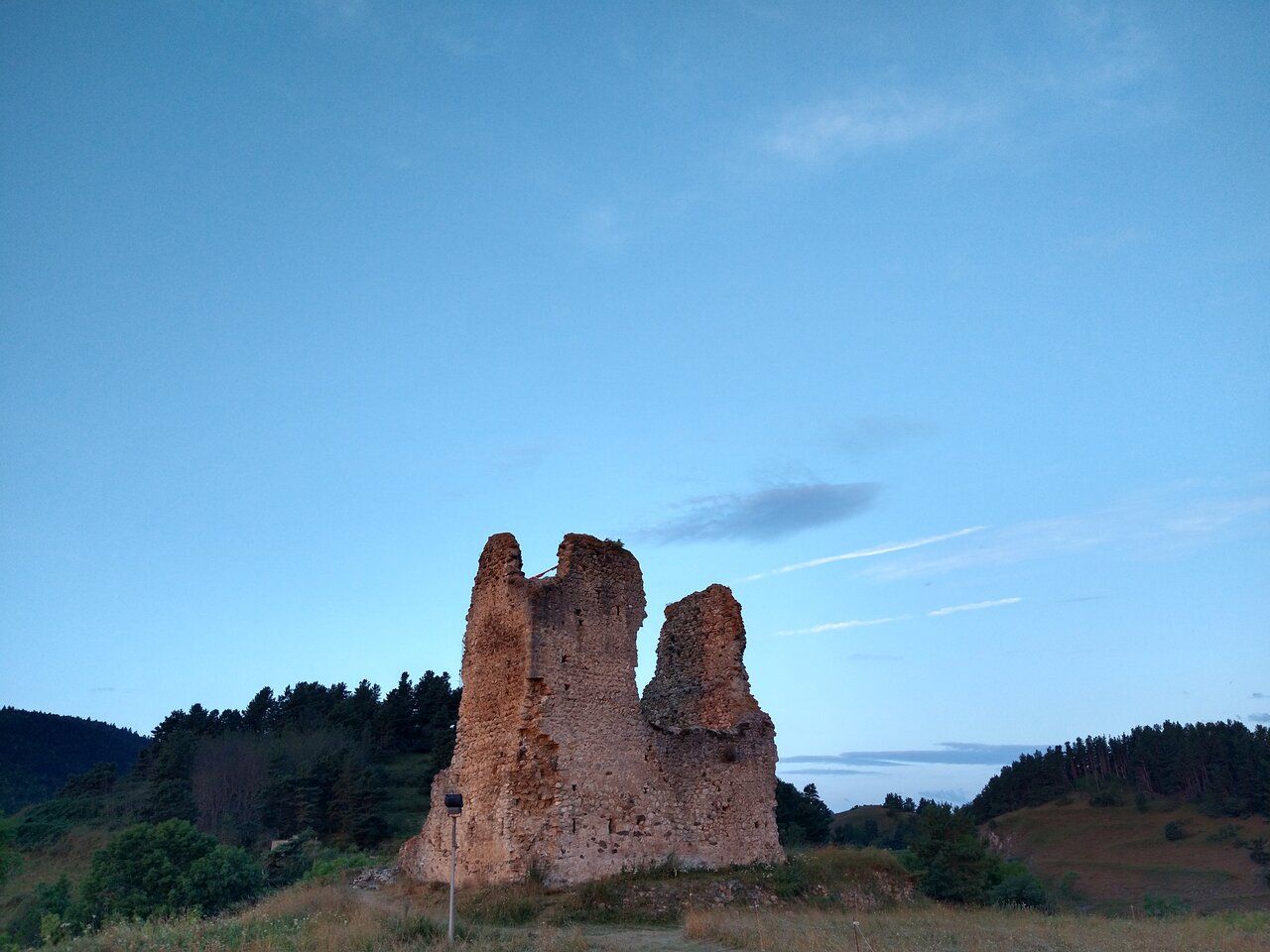

An abstract of history
The region is known for its culture and rich history Especially the Cathars have left a lasting imprint in these mountains, their stories still resonating in the ruins of the many castles. Read on for a little insight in what it meant to be a Cathar – or rather a « Bonhomme ».

Breaking ground
The Cathars were a religious group who appeared in Europe in the 11th century. Mentioned under various names and places, Catholics debated for centuries whether they were Christian heretics or not Christians at all. Cathars simply called themselves Christians. The religion flourished in the Languedoc, now corresponding to the Occitanie region. Known at the time for its high culture, tolerance and liberalism, Catharism took root and gained more followers during the 12th century. By the early 13th century it probably formed the religious majority of the area.

Cathar beliefs
Cathars were dualists, believing in two principles. The good God that had created all immaterial things. And his adversary that had created all material things, including the world and everything in it. Human beings were believed to be captured souls imprisoned in a tunic of material flesh.
This led to a number of logical implications. The less one was confronted with evil and material things, the better. As conception resulted in another trapped soul it was considered bad. Genders were considered equal and they refused to eat animal products (except fish). Marriage was thus worthless and they had no objection to contraception, euthanasia or suicide. Though they maintained a Church hierarchy and held ceremonies, they rejected any idea of priesthood. As there was no virtue, reproductions of the cross, church buildings, relics, jewels and money had no value whatsoever.

Troubles in paradise
This stood in great contrast with the beliefs of the Roman Catholic Church. On the Cathar side this manifested itself in ridiculing Catholic doctrine and practices, not paying tithes and characterising the Catholic Church as the “Church of Wolves” , worshiping the god of evil who created this world.
Being supported or at least tolerated by the nobility and gaining popularity, especially among the theologically literate, this was embarrassing for the Roman Catholic Church. Therefore they accused Cathars of heresy, stating they belonged to the “Synagogue of Satan” . When the striking propaganda proved unsuccessful, there was only one option left – the Albigensian Crusade, in later phases becoming the Royal Crusade when the Kings of France took over.

The end of an era
From the early 13th century on, a war of terror, which lasted for two generations, was waged against the indigenous population and their rulers. An estimated half-million people, both Catholics as Cathars, were massacred. The Counts of Toulouse and their allies were dispossessed and humiliated, their lands later annexed to France. Local rulers were replaced by relative barbarians. Minorities were initiated, the culture of troubadours lost, lay learning was discouraged, the reading of the bible became a capital crime and tithes were enforced.
The Languedoc started its long decline from being the richest region with the foremost literary language of Europe to becoming the poorest region in France, merely speaking a regional dialect. It is said Catharism was eradicated soon after the end of the 14th century. For the Roman Church this proved that a sustained campaign of genocide worked. The precedent of an internal Crusade within Christianity and the machinery of the first modern police state. was later reconstructed for other inquisitions and genocides.

Correlating Montaillou
Montaillou is considered the last Cathar bastion. In the 14th century the religion revived in this small commune, back then in the independent County of Foix (now Ariège). In 1309 all the villagers were arrested and imprisoned at Carcassonne on the orders of the city’s inquisition.
The judge was the bishop of Pamiers, Jacques Fournier. Known as a skilled inquisitor, he conducted a rigorous hunt for the last remaining Cathar believers, as well as those who questioned the Catholic faith. Uniquely he was interested in Cathar fundamentals, meticulously keeping records of his interrogations and the daily routines of the locals. Catholic authorities praised him for this, which led him to being elected as cardinal and ultimately Pope years later. The latter contributed to the preservation of his records in the (secret) library of the Vatican. These records form the basis of a work of micro-history by Emmanuel Le Roy Ladurie which analyses Montaillou in detail from 1294 to 1324, making it a well-known place in history.

History in the making
Today the remains of the feudal castle still dominate the village. Though it has seen better days, it is a real Cathar and not a French castle. Following the publication Emmanuel Le Roy Ladurie’s book, the village gained international notoriety and a 3-year excavation program was authorized by the State.
Other notable buildings are the chapel of Notre Dame des Carnesses , a little medieval Romanesque church at the bottom of the village, still surrounded by its cemetery. The church of Notre Dame de Montaillou, in the centre of the village, was built in the 17th century and restored in the 19th century after having burned.
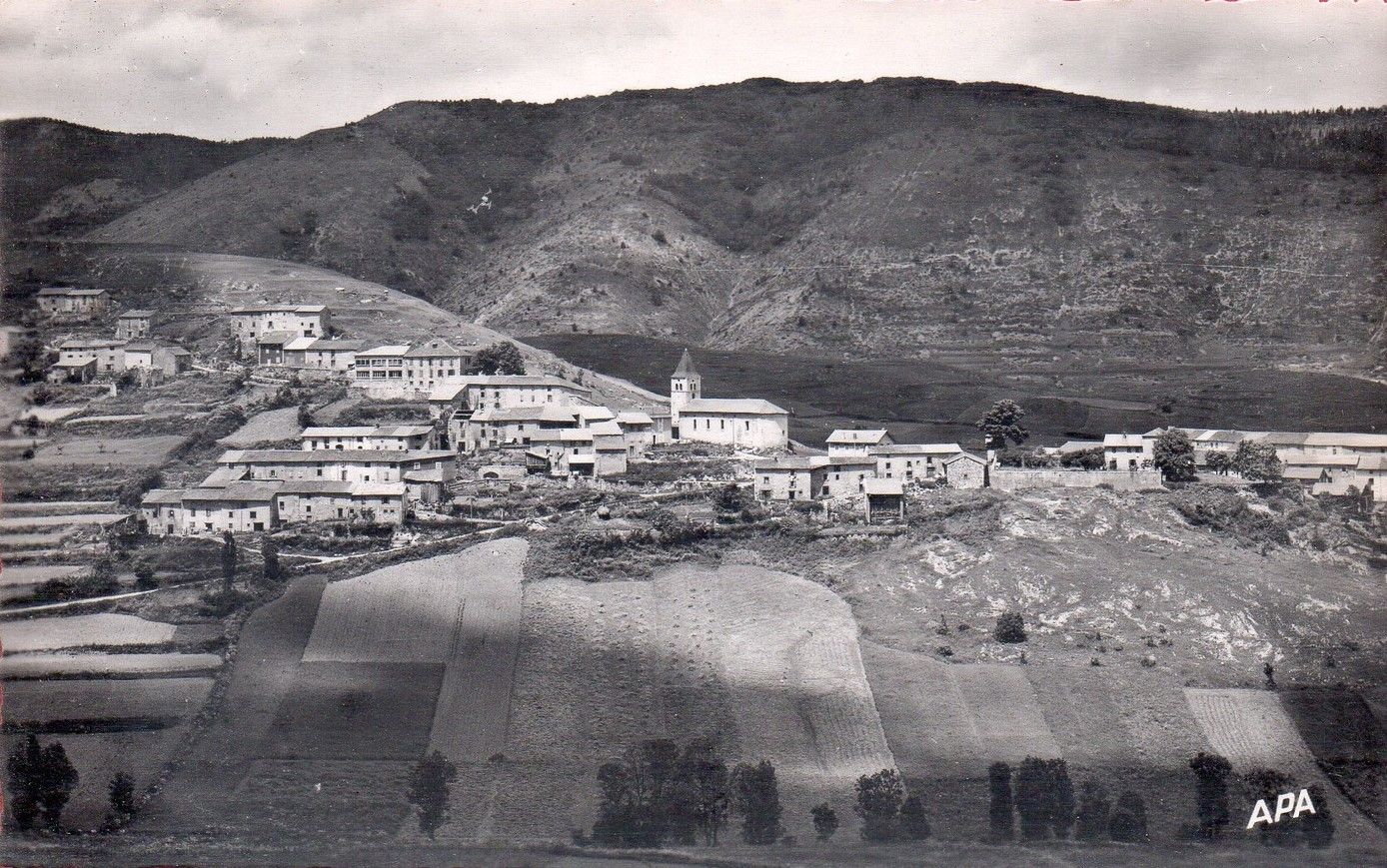
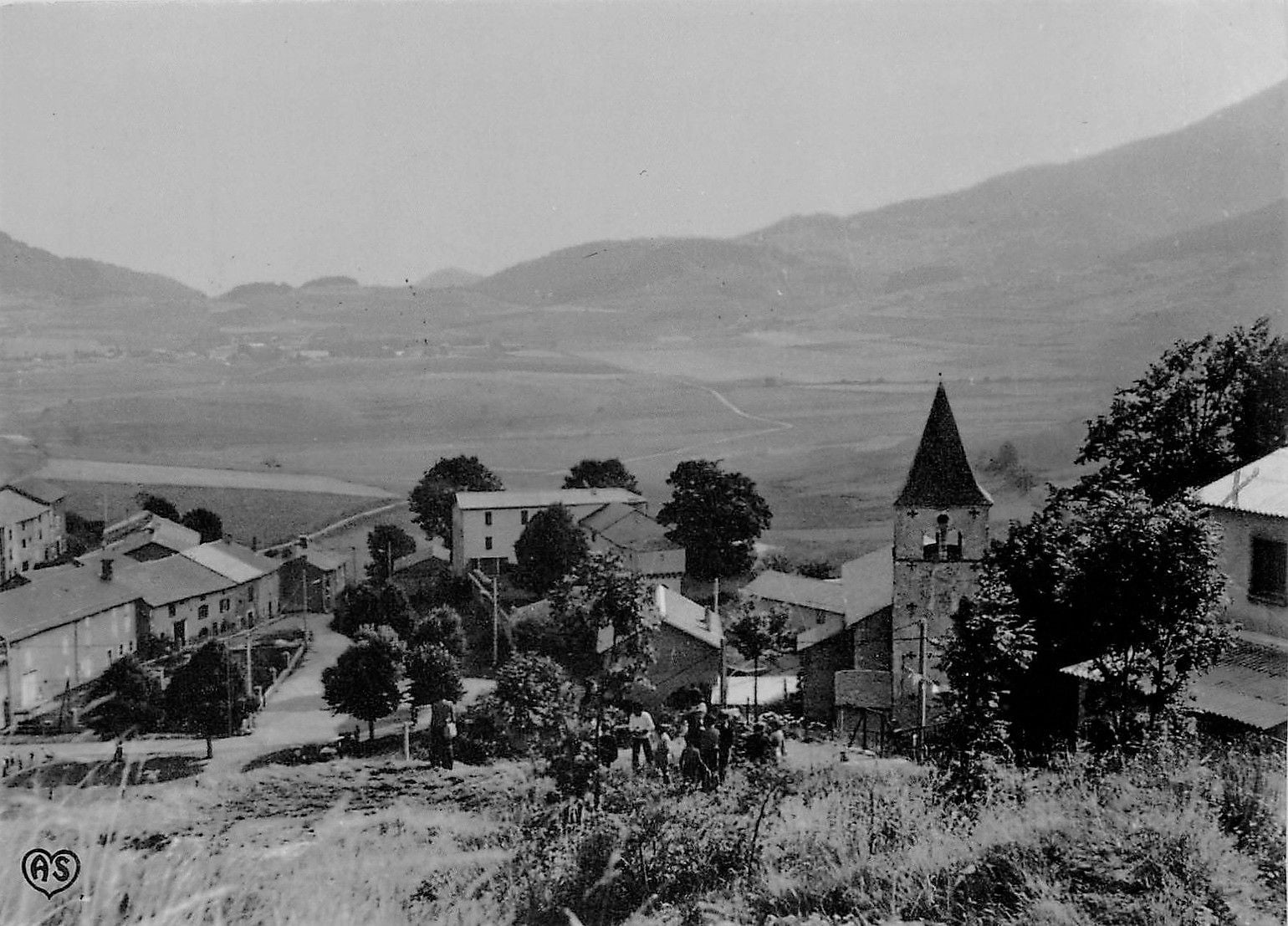
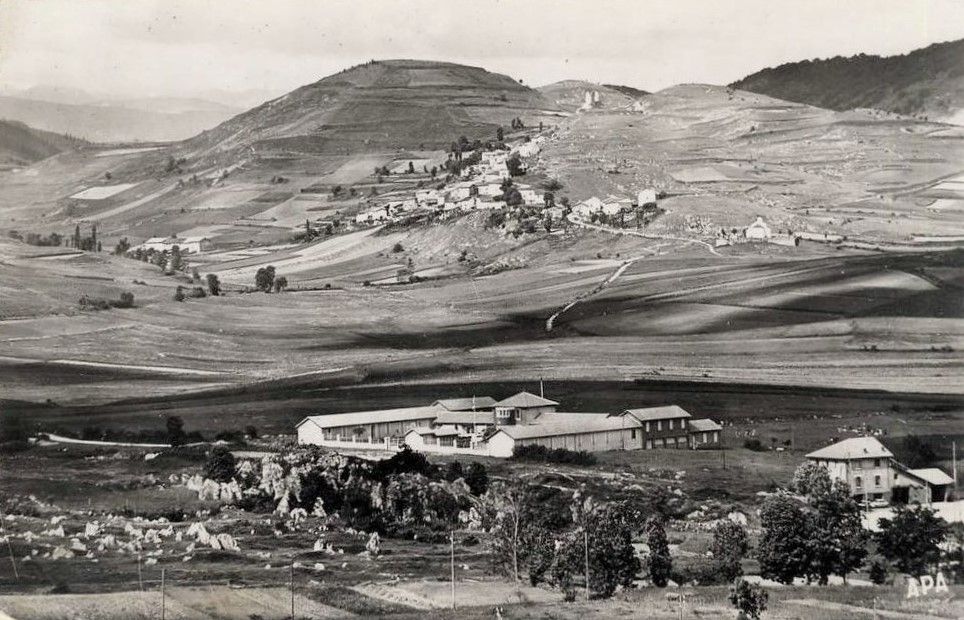
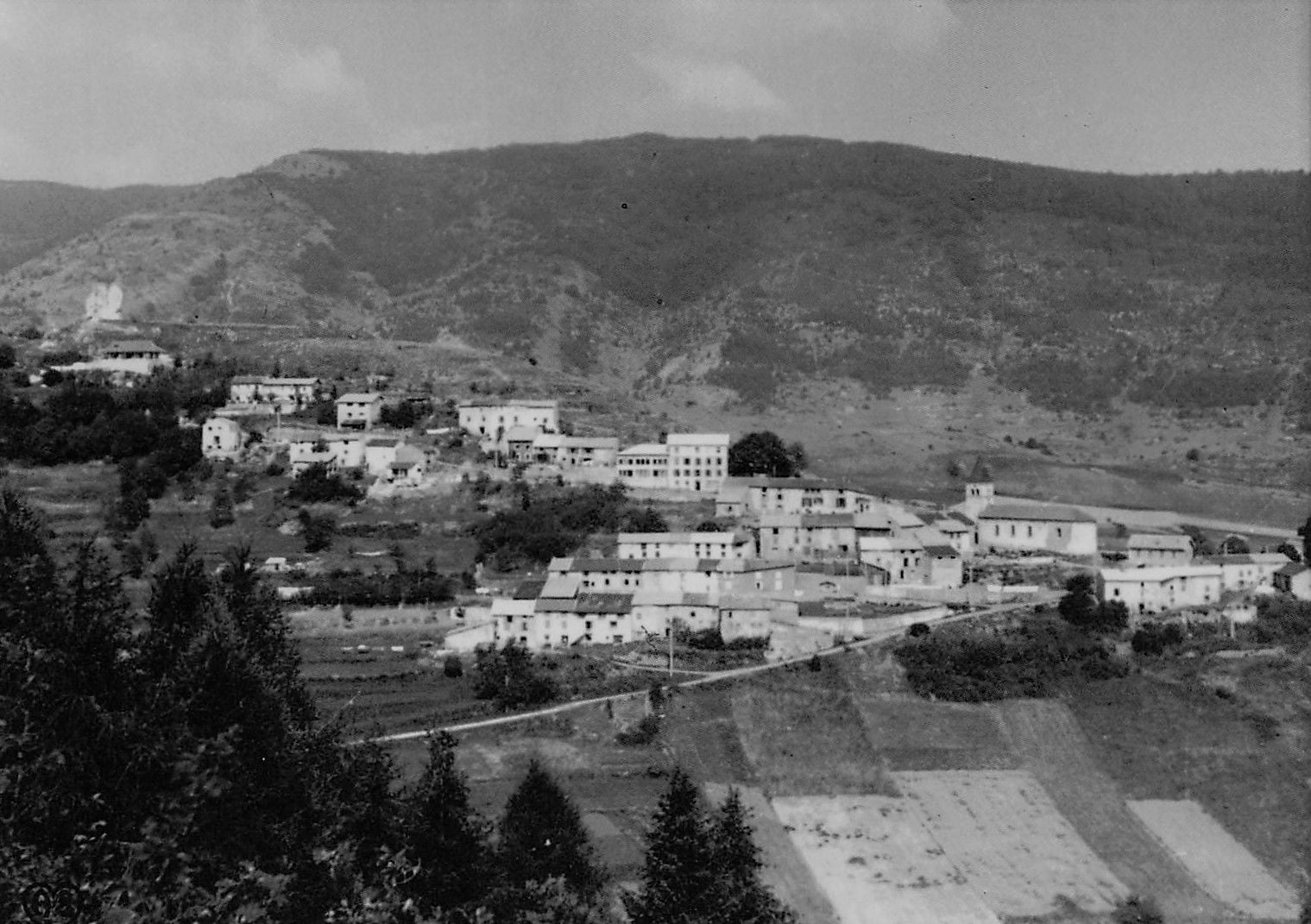
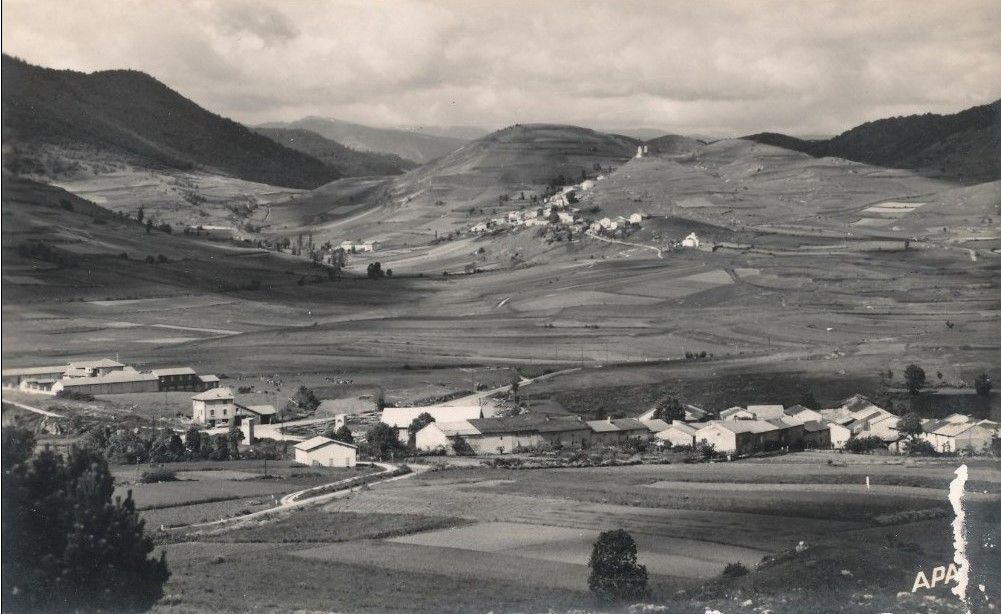
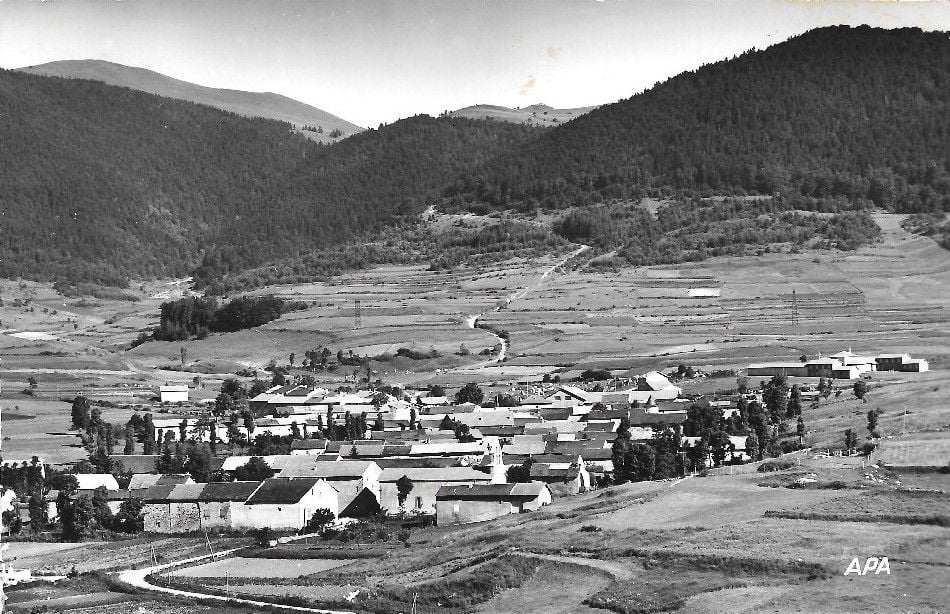
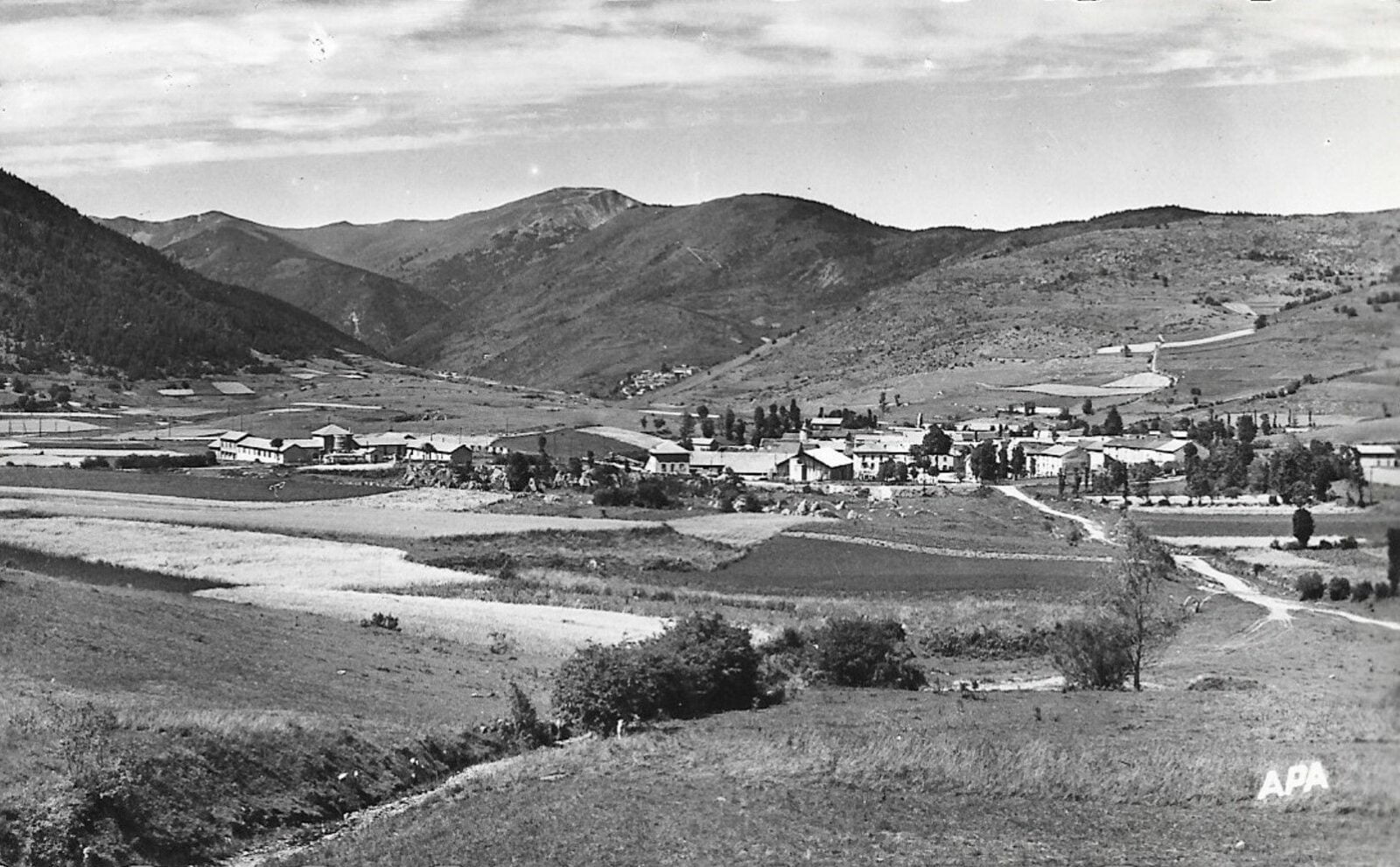
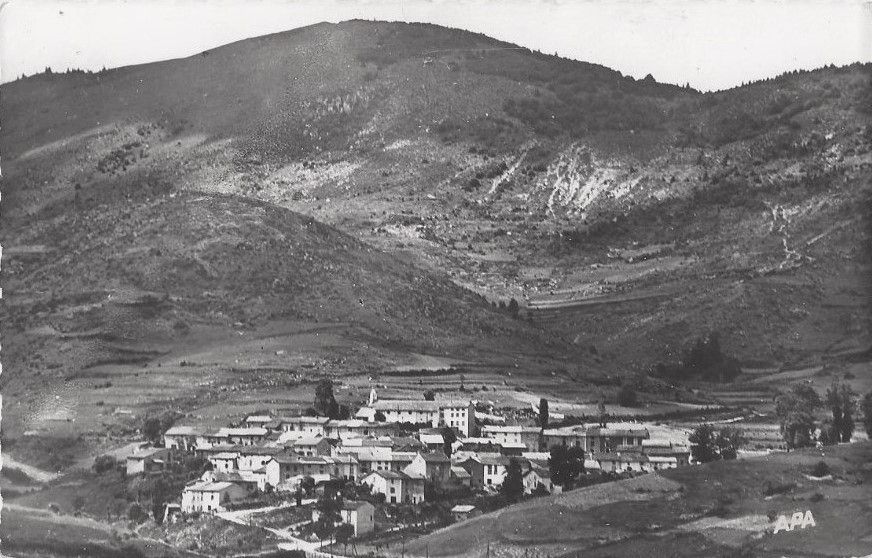
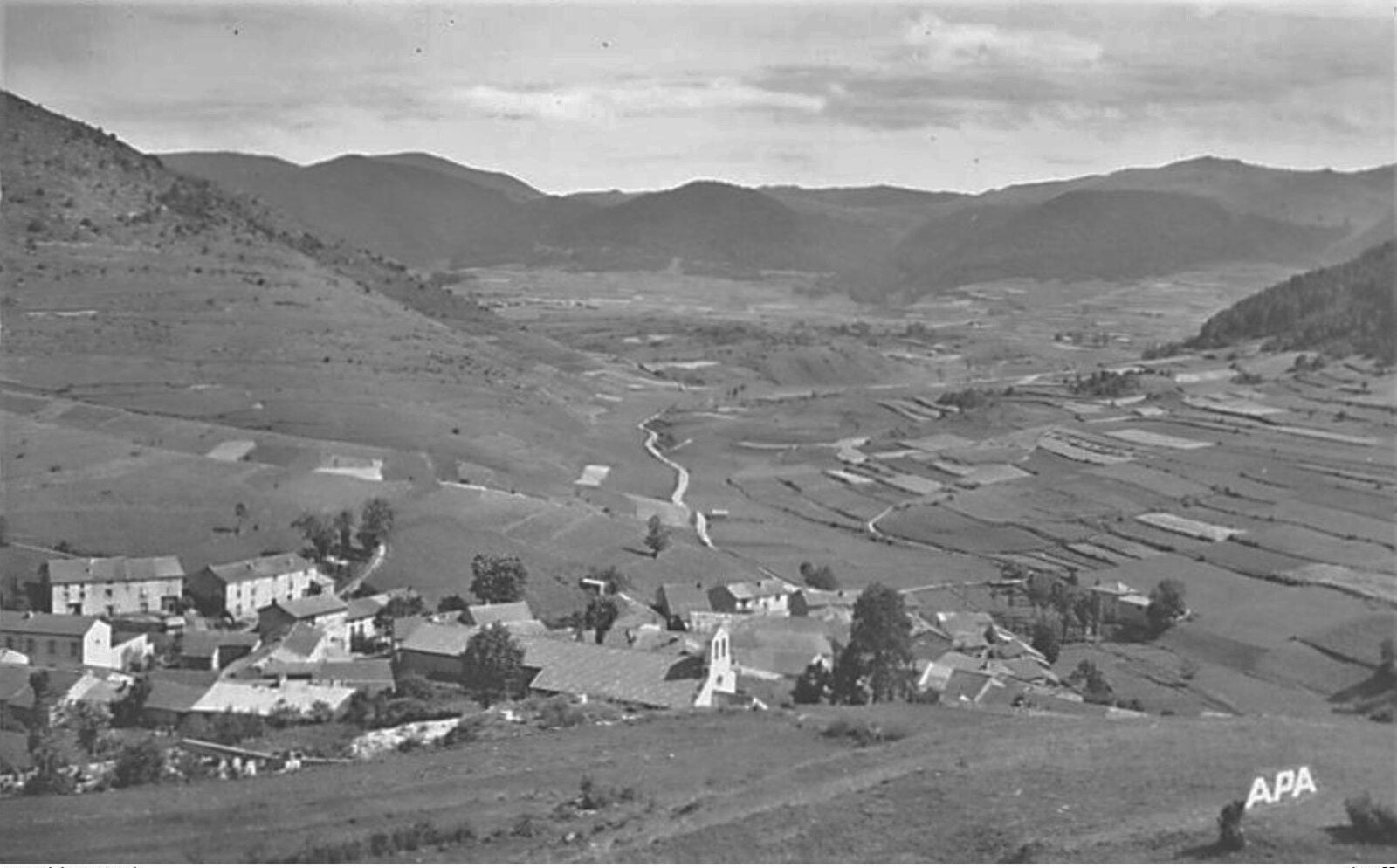
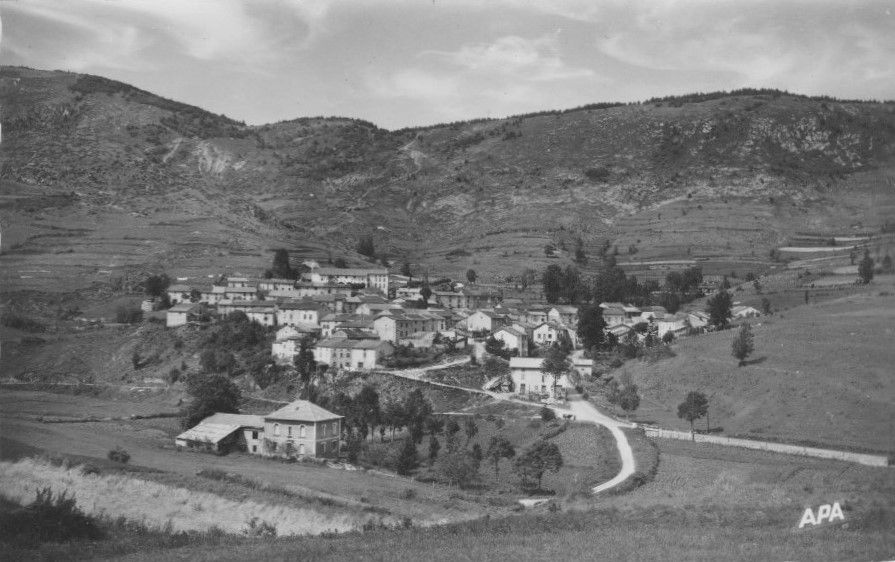
Thank you to © Copyright Apa Poux for allowing us to use the images above.

